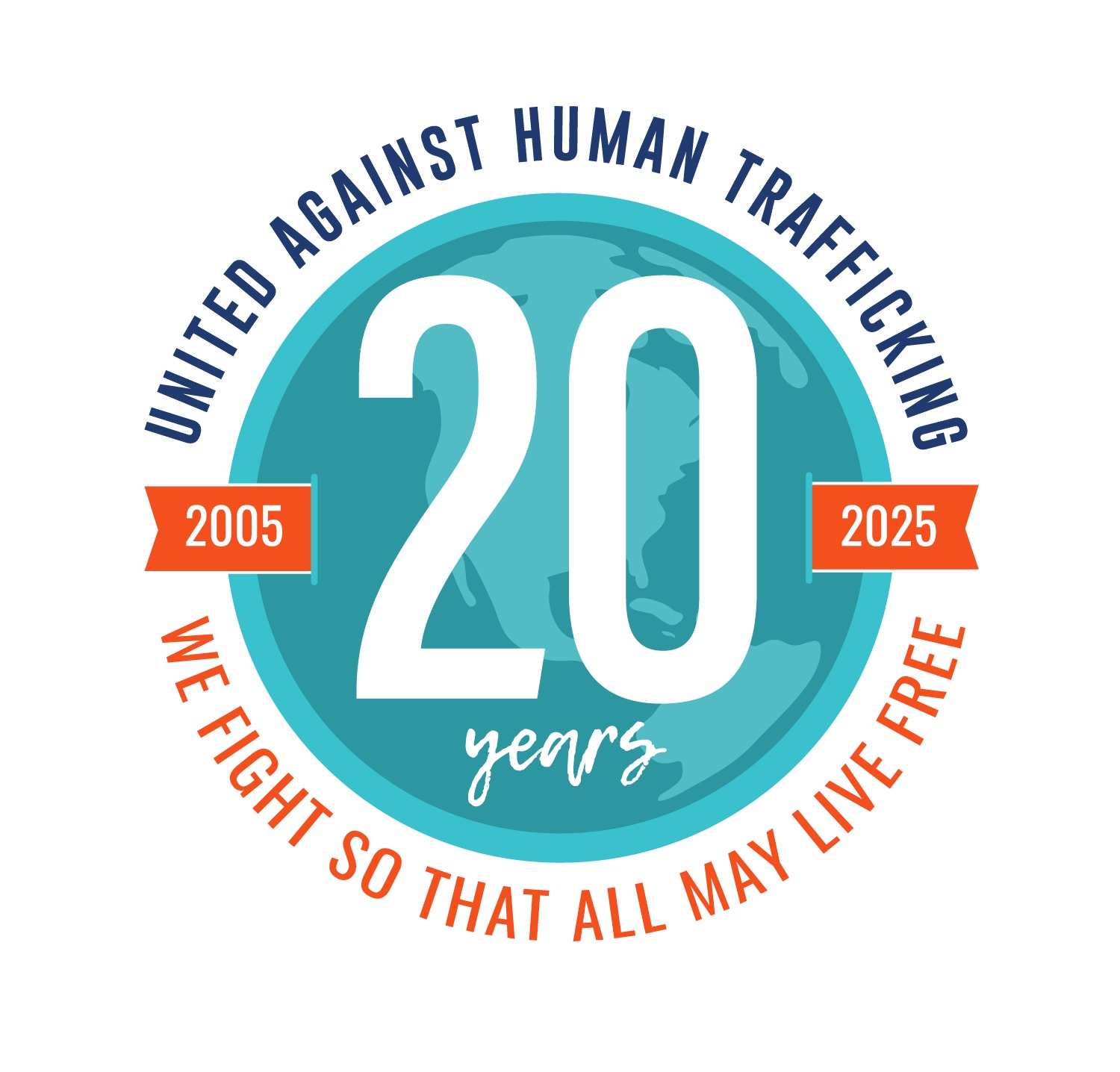UAHT is producing a five-part series on labor trafficking. Through this blog series, we are providing information and tips to identify labor trafficking!
Today, we are focusing on how to spot red flags in storefront shops like grocery or clothing stores.
As a customer, you may spot signs of labor trafficking in stores that you regularly visit. We want you to be equipped with the right questions to ask yourself before you report your suspicions!
Remember every case of trafficking is different, and there’s no single form. These questions are a guide, not a formula.
Storefront Shops

Staff Behavior
1. How are workers communicating with you?
Do responses seem scripted or limited beyond cultural/language barriers? Workers could be coached on what to say so they do not reveal details about their exploitation. Is another manager or employee watching you when you talk to the worker?
2. Do workers seem to have no or limited social interactions at their workplace?
Their freedom of communication may be monitored by their trafficker as a means of control.
3. Does a worker not seem to know their work address or the area where the business is located?
Their knowledge of geographic location might be controlled, or they may be moved around frequently, to limit their ability to escape.
4. Do they mention being “on call” for shifts or work long hours a day?
This may be a signal that they aren’t really free to decide when and how much they work, and that the employer has constant ability to demand their labor—to which they can’t say no. While this type of employment isn’t a de facto sign of trafficking—irregular hours are a part of shift labor—if it’s combined with other red flags, it could be a sign.

Store Environment
5. What do the working conditions seem like?
Do workers seem to have little to no breaks, excessive hours, and/or harsh working conditions? Do employers/managers seem to treat them well?
6. Are there any safety hazards?
This may look like blocked or unlabeled safety exits, stock storage that seems unsafe or unstable in the work area, uneven pathways around the store that could trip someone, etc. If a workplace reflects an attitude of not caring about the physical safety of employees, the owners might be harming them in other, less visible ways.
7. Are goods produced on-site?
If so, you should be able to ask the crafter themselves about their work. If they seem reluctant to speak about it, or display any of the below behavioral signs, take note. This could be a sign of exploitation or trafficking of manufacturers.

Financial Control
8. Does a worker mention being paid less than your state’s minimum wage?
Contrary to popular belief, some trafficked persons are actually paid for their labor. It’s just that in trafficking cases, they tend to be paid significantly less than is legal, or be forced to give some of their wages back to their traffickers (as “payment” for food, housing, travel costs to the trafficking site if applicable, etc) as a form of forced servitude. In Texas, minimum wage is the same as the federal minimum wage–$7.25 an hour.

Ask Directly
If it is safe and you feel comfortable, you can ask an employee a few questions. Do not force answers.
You can strike up a casual conversaion:
9. How’d you get this job?
If they mention a romantic partner or family member pressuring them to take it, that could be an indicator. Most traffickers aren’t strangers to the victim; they’re more likely to be people the victim knows directly. It’s a relationship that is being exploited through force, fraud, or coercion, and it’s important to get stereotypes out of our heads when thinking about trafficking.
10. What made you want to start working here?
Again, if they mention pressure from partners or family members, take notice.
11. How do you like working here?
This can give the worker an opening to mention red flags on their own terms—long hours, owing a debt, their employer withholding their identification documents, and so on.

What To Do If You Notice Multiple Red Flags
Now that you have this handy list of signs, here’s what to do if you suspect labor trafficking:
1. Wait until you are off-location
In order to protect yourself and the potential victim from punishment or being moved from the location, wait until you are out-of-sight and out-of-earshot of potential traffickers.
2. Call the National Human Trafficking Hotline at 1-888-373-7888
If it has taken place in the Houston area, please contact us at United Against Human Trafficking to report your credible tip. We offer direct services, including case management for victims of human trafficking.
3. Inform others of these red flags, and let them know about the issue.
Spreading awareness is the first step in this journey towards freedom for all, and community members like you are an important part of that step. Spread the word!

